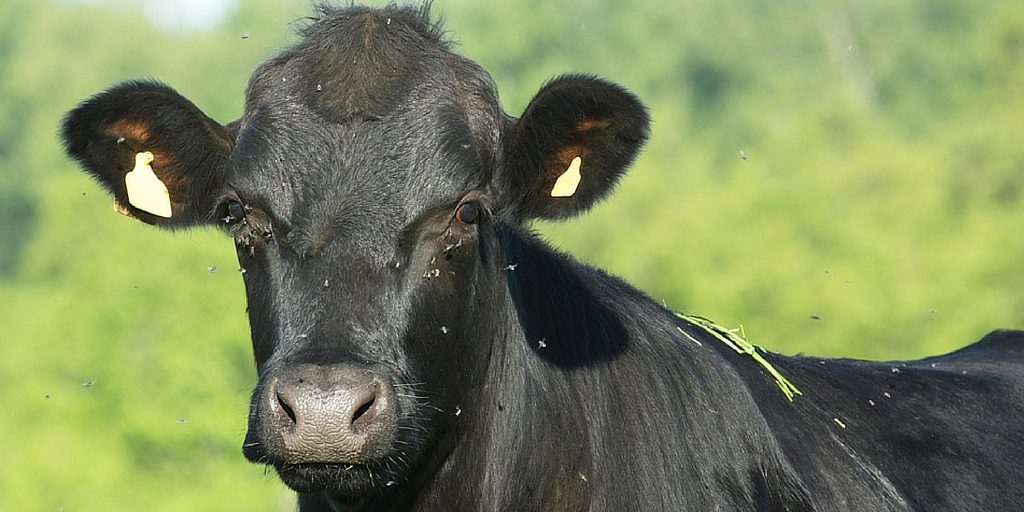Fly Strike Warning
26 June 2019As the wet weather continues and temperatures start to warm up (creating the ideal conditions for blowfly) there is the increased risk of fly strike among cattle and sheep. Farmers should be on the lookout for the signs of fly strike now as June and July are typically the months when cases peak.
Signs of fly strike to look for in both cattle and sheep include;
- Irritation
- Nibbling at the tail head
- Continually flicking of the tail
- Rubbing, scratching and discomfort
- Fleece loss and discoloured/damp fleece
- Separation from flock or herd
- Sick animals
Wet fleeces, dirty back ends and lesions such as foot rot all create the ideal conditions for flies to lay their eggs. Hatched maggots will also attack areas with open wounds leading to infection. Treat lame sheep to protect against open wounds and reduce dirty back ends by crutching and shearing.
Be careful if you are castrating or disbudding or dehorning calves, with best practice being to use a pour on solution to alleviate the risk of attracting flies. Also consider where calves will be stocked afterwards and stay clear of fields which you know have the potential for a lot of flies present. Consider grazing fields which are more exposed as these areas attract less flies.
For those calving cows at grass during the summer be mindful of flies being attracted to calf navels and the milky dung which often sticks to calves back ends and tails which provides the ideal environment for newly hatched maggots.
Sarah Balfour sarah.balfour@sac.co.uk
Sign up to the FAS newsletter
Receive updates on news, events and publications from Scotland’s Farm Advisory Service

